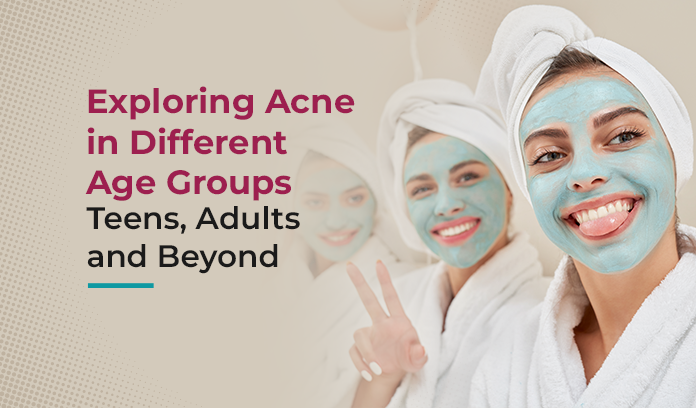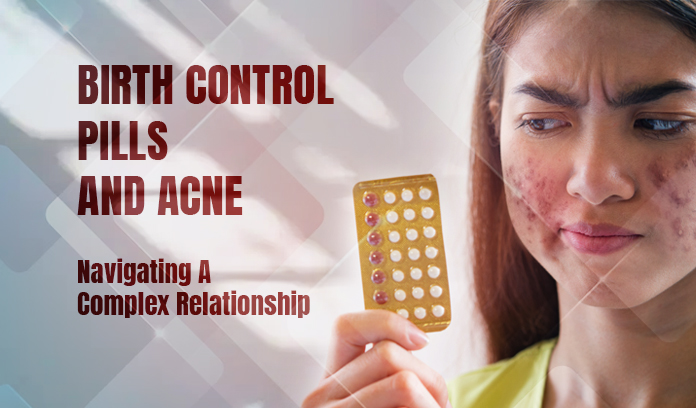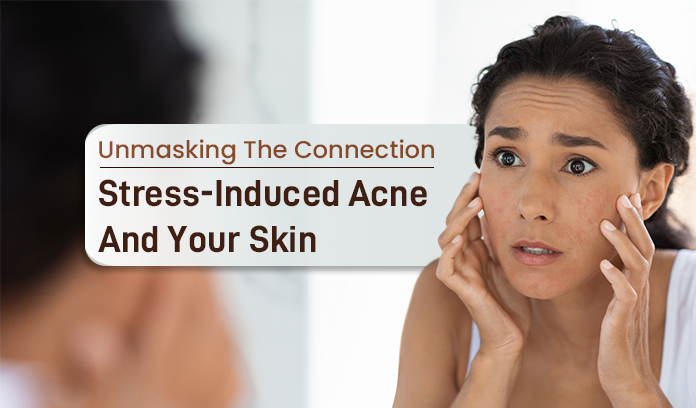As a common skin condition affecting individuals across age groups, acne is not limited to adolescence or teenage years.
Contrary to popular belief, it persists well into adulthood and even beyond.
In this blog, we will explore various manifestations of acne across different age groups, throwing light on causes, self-care practices, and treatment options.
Acne In Teens
Adolescence is a crucial time when hormonal fluctuations play a pivotal role in acne development.
Pimples, Blackheads, and Whiteheads form as a result of increased oil production and clogged hair follicles.
Due to acne’s visible nature, teenagers may experience self-consciousness or emotional distress, affecting their self-esteem. Encouraging a gentle skincare routine with non-comedogenic products can help manage teen acne effectively.
A consistent attitude towards treatment and professional help can also yield considerably good results for the skin.
Acne In Adults
Many of us got too comfortable with the myth of acne disappearing once adulthood arrives.
Many adults, especially women, experience frequent acne breakouts due to hormonal fluctuations during the menstrual cycle, pregnancy, or menopause.
Stress, lifestyle choices, certain medications, and underlying medical conditions can also contribute to adult acne.
Incorporate salicylic acid or benzoyl peroxide in your skincare regimen to target trapped dirt and bacteria in clogged pores.
Practicing stress management and maintaining a nutritious diet can help combat adult acne effectively.
Acne In Later Years
Acne can persist well into middle age and beyond, even though it might differ in appearance.
Often referred to as “adult-onset acne”, it may be affected by factors such as genetics, lifestyle choices, or hormonal imbalances.
As the skin tends to lose its elasticity and moisture balance with age, it requires tender care and a more cautious approach to acne treatment.
To help combat or minimize symptoms of acne in older adults, dermatologists can prescribe topical applications such as retinoids or antibiotics along with gentle cleansing, exfoliation, and moisturization.
Conclusion
Acne is an increasingly common skin condition affecting people of all age groups and requires treatment plans tailored to every skin type’s needs.
By decoding the unique challenges and factors influencing acne in teens, adults, and in later years, we can make more informed choices toward the journey to recovery.











